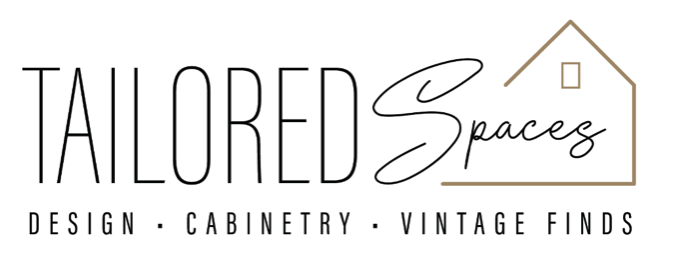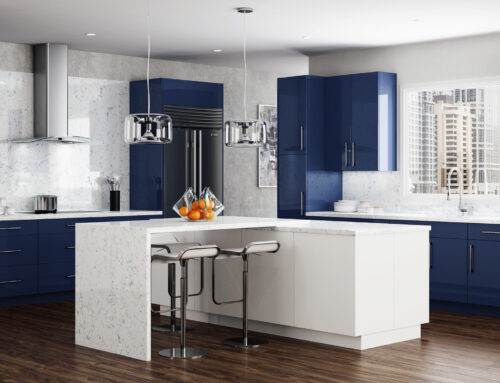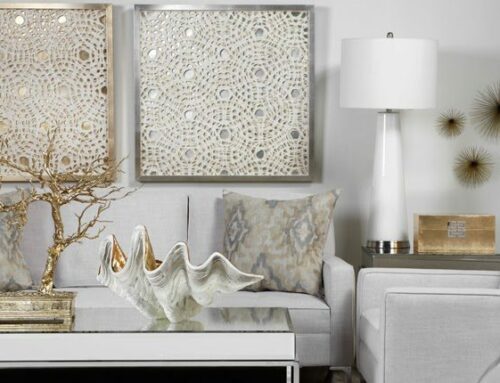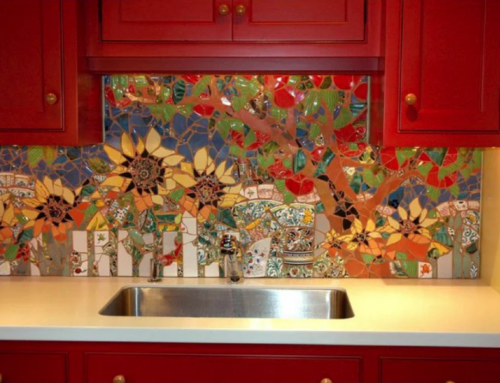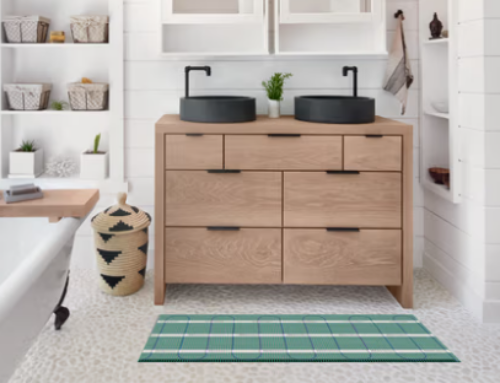Adding Curve Appeal to Kitchens and Bathrooms
December 21, 2023
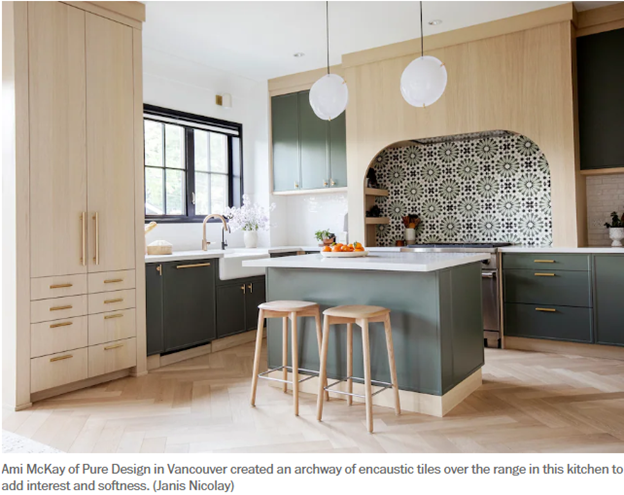
Throughout history, the use of curves in interior design has been a versatile and enduring trend, adapting to the stylistic preferences and design philosophies of different eras. Today, kitchen and bath designers continue to explore and innovate with curves, pushing the boundaries of what is possible in creating aesthetically pleasing and functional interior spaces.
The incorporation of curves in kitchens and bathrooms adds a touch of sophistication, softness, and a break from the traditionally straight lines commonly associated with these spaces. Whether in the form of architectural elements, furniture, or fixtures, curves offer a versatile and timeless design element in these functional areas of the home. Here are some applications and products that often feature curves in kitchen and bath design:
Curves in Kitchen Design:
- Curved countertops add a sense of flow and movement to kitchen spaces. They can be incorporated in kitchen islands or as part of a continuous countertop design.
- Cabinets with curved edges or curved fronts create a modern and visually interesting look. This can be applied to base cabinets, upper cabinets, or even corner cabinets.
- A curved kitchen island not only serves as a functional workspace but also becomes a focal point in the kitchen, breaking up the linear design.
- The addition of curved seating elements, such as rounded bar stools or curved benches, can enhance the social aspect of the kitchen and create a more inviting atmosphere.
- Using curved tiles or ones with round patterns for the backsplash can be an effective way to introduce a curvy element into an existing kitchen.
- Some modern kitchen appliances, like ovens and refrigerators, come with curved or rounded edges, contributing to a softer overall aesthetic.
#curvedkitchencabinets on Instagram | Hashtags
Curves in Bathroom Design:
- Freestanding or built-in bathtubs with curved lines provide a sense of luxury and elegance in bathroom design. They also contribute to a more organic and relaxing atmosphere.
- Curved glass shower enclosures or shower doors can make the shower space feel more open and spacious while adding a contemporary touch to the bathroom.
- Vanities with curved edges or rounded fronts can soften the overall look of the bathroom, and are often used to create a more fluid design in smaller spaces.
- Vessel sinks or integrated sinks with curved shapes add an artistic element to the bathroom. These can be made from various materials, including glass, ceramic, or stone.
- Mirrors and lighting fixtures with curved or rounded frames provide a cohesive design element. These can be strategically placed to enhance the overall aesthetics of the bathroom.
- Curved or wave-like tile patterns, whether on the floor or as a backsplash, can introduce a sense of movement and visual interest in bathroom design.
This London home’s pink guest room… – Architectural Digest | Facebook
By incorporating curves into kitchen and bath design, designers can create spaces that feel more dynamic, comfortable, and aesthetically pleasing. Whether in the form of architectural elements, furniture, or fixtures, curves offer a versatile and timeless design element in these functional areas of the home.
